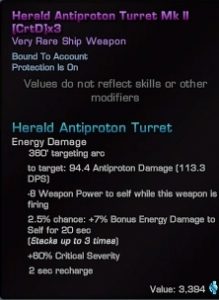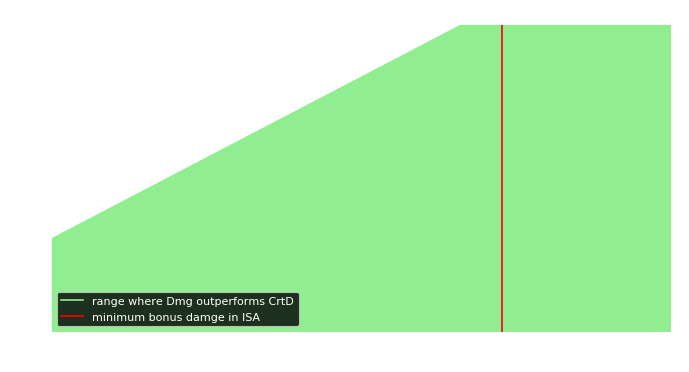

From this we can construct a model that encompasses all arrays.ĭPV = Base You’ll also notice that, aside from the jump from standard issue to mk i, each progressively higher mark is 10.2 more than the preceding. Actually, you’ll notice that as you move across the chart, each column increases by 2.5 in the unspecified modifiers section, and 7.5 in the section. The first pattern that jumps out to us is that very rare has the same damage as uncommon to go along with its other bonuses. Green, blue, and purple represent uncommon, rare, and very rare weapons that do not include a modifier. Here is the table of all beam arrays I could find on the exchange. Is there a pattern here? Let’s take a look: array Mk ii is 118.4 DPV and mk iii is 128.6 DPV and so on.

This is 108.2 DPV, representing an 8.2% increase in damage. This comes standard with the starter light cruiser, and all other beam weapons are built up from this humble beginning. The first weapon that most players see, and the one I’ve chosen as my default for reasons that will become clear presently, is the phaser beam array standard issue, with a DPV of 100 and a DPS of 80. First we have the default value of the lowest quality of that weapon. The damage values of all weapons actually follow a remarkably simple yet strangely convoluted formula. Those who want instant gratification can skip to the end. I’ll walk you all through what was involved to build this worksheet, and how the equations came to be. Take it with a grain of salt.īut first, I’m not just going to show you the whole thing and force you to take my word for it.

But they seem to be the generally accepted formulae so that’s what you’re going to get. I am a little wary of that, mostly because when I used the same resources for the effects of starship weapons training and energy weapons/projectile weapons, I discovered that they were wrong. For the skills that add critical hits and damage to specific weapon types, as well as the way that excess accuracy is rolled over into more criticals, I have to trust the sources as I have no convenient way of testing their results. In doing so, I relied upon a couple of resources found online. I have reverse engineered not only the mechanics of weapon mark and rarity, but also the non-power level offensive skills as they relate to base weapon damage and criticals.

IDIC is an Excel worksheet that can be used to calculate the single weapon damage value, accuracy, critical hit, and critical damage rates of any standard weapon given your equipment, traits, power level, reputation, and skills along with your target’s defense rating. So now I present to you what I call IDIC: that is, the Inclusive Damage Itemized Calculator (because I just finished reading a book on space probes and NASA has a habit of coming up with cute acronyms for things in the most tortuous of ways). But by then my spreadsheet had grown to become something much bigger and all-inclusive. I very quickly figured out that Locator was generally better and also that there were other online resources already to calculate the best equipment for maximizing your critical hit and critical damage combination. Originally I started out with the intention of making a quick Excel spreadsheet to determine which was the better of the two fleet spire tactical console types: Locator or Exploiter. Part Game Mechanics Revealed experiment, part utility, this post will explain what goes into your damage output and give you a tool to calculate it. Today we have something a little special.


 0 kommentar(er)
0 kommentar(er)
